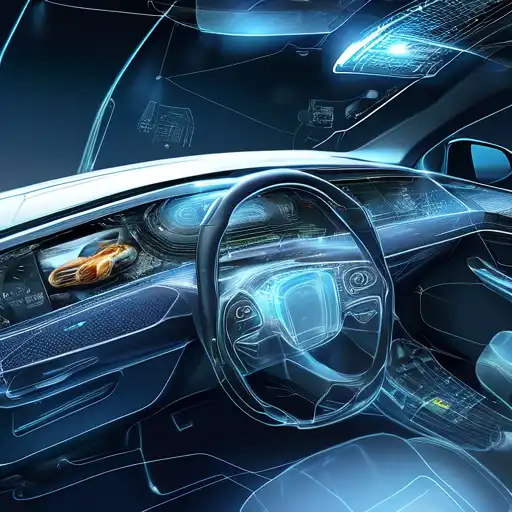Introduction to Embedded Systems in the Automotive Industry
The automotive industry is undergoing a transformative phase, thanks to the integration of embedded systems. These sophisticated computing systems are at the heart of modern vehicles, driving innovations that enhance safety, efficiency, and user experience. From advanced driver-assistance systems (ADAS) to infotainment, embedded systems are redefining what vehicles can do.
The Role of Embedded Systems in Enhancing Vehicle Safety
Safety is paramount in the automotive sector, and embedded systems play a crucial role in ensuring it. Features like automatic braking, lane-keeping assist, and adaptive cruise control rely on embedded technologies to function seamlessly. These systems process vast amounts of data in real-time, enabling vehicles to react to potential hazards faster than a human driver could.
- Automatic Emergency Braking (AEB)
- Lane Departure Warning (LDW)
- Adaptive Cruise Control (ACC)
Innovations Driven by Embedded Systems
Beyond safety, embedded systems are paving the way for groundbreaking innovations in the automotive industry. Electric vehicles (EVs), autonomous driving, and connected car technologies are all made possible through advanced embedded solutions. These systems not only improve vehicle performance but also contribute to environmental sustainability by optimizing energy use.
Challenges and Future Directions
Despite their benefits, the deployment of embedded systems in vehicles comes with challenges, including cybersecurity risks and the need for continuous software updates. However, the industry is actively addressing these issues, with a focus on developing more secure and reliable systems. The future of automotive embedded systems looks promising, with ongoing research into AI and machine learning further enhancing their capabilities.
For more insights into how technology is shaping the future of transportation, explore our technology trends section.
Conclusion
Embedded systems are at the forefront of automotive innovation, offering unparalleled safety features and driving efficiency. As technology evolves, these systems will continue to play a pivotal role in shaping the future of mobility, making vehicles smarter, safer, and more connected than ever before.
